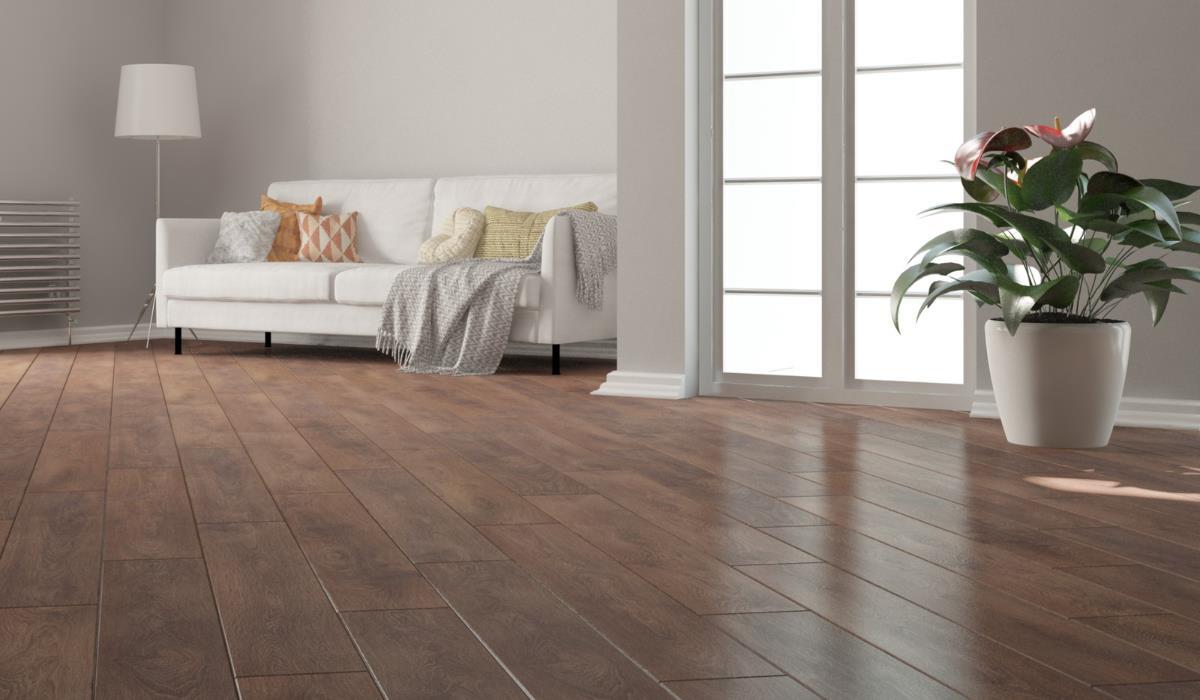The wooden floor enjoys unflagging popularity due to its classic look and versatility. Choosing the right type of floor – solid or engineered, finished or unfinished, oak or pine – will affect not only its appearance, but also its durability and maintenance costs in the future. Here are some key aspects to consider when choosing a hardwood floor.
The wooden floor can be laid with glue or special dowels, and each of these methods has its advantages and disadvantages. Depending on your preferences and needs, you can also choose the glueless method, which allows you to lay the boards on a special pad. It is also worth paying attention to the color and texture of the wood, because they can affect the final appearance of the floor and the perception of the entire room. Some woods are naturally darker in color, while others are lighter and more uniform. The texture of the wood can also affect the appearance of the floor – planks with a smooth surface will look more modern, while planks with a more pronounced structure will be more classic and rustic.
Solid or engineered floors?
Solid floors are boards made of solid wood. They are durable, can be sanded and varnished many times, but they can deform in a humid environment. Engineered floors consist of layers of wood veneer, are more resistant to deformation and are often already finished, but cannot be renewed.
Finished or unfinished floors?
Most engineered floors are already finished before installation, eliminating the need for sanding and varnishing on site. Solid floors can be available both finished and unfinished. Finished floors are more expensive, but they save time and do not generate dust or fumes. Unfinished floors allow for more control over color and finish, but require the labor and expense of finishing on site.
Wood species

Among the available types of wood for flooring, the following are worth mentioning:
- oak (durable, with wide graining, accepts various stains well), walnut (darker, warmer, durable)
- maple (finer grain but susceptible to insect damage)
- cherry (reddish tint, very durable)
- ash (light wood with subtle graining)
- bamboo (softer than other hardwoods, but renewable)
- Indian oak (very durable, resistant to damage, but expensive)
- pine (of varying durability depending on the species)
Plank laying patterns
Choosing a wood species is just the beginning. The next step is to decide on how to lay the boards. The most popular patterns are parquet, herringbone, chevron (similar to herringbone), straight, diagonal, random and braid. A braid usually made of oak or maple, placed parallel or diagonally to the walls, can connect two types of wood.
Choosing the right type of wooden floor is crucial for achieving an aesthetic and functional effect. It is important to take into account your needs and the specificity of the room in which it is to be installed. The availability of various types of wood and patterns of laying boards allows you to create unique arrangements that will serve for many years. A wooden floor requires proper care and maintenance, so we encourage you to consult with professionals. They will help you choose the right solutions and advise on caring for wood.



